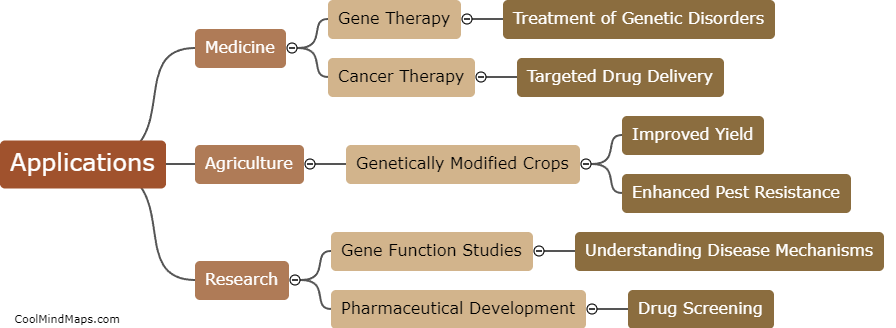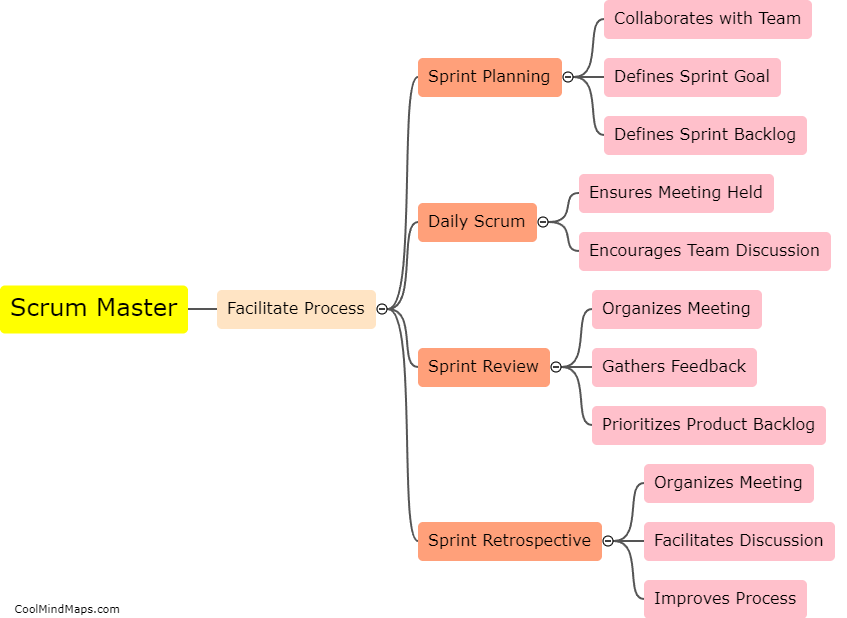What are the applications of transformation and transfection?
Transformation and transfection are widely used techniques in molecular biology to introduce foreign genetic material into cells. Transformation is primarily employed in bacterial cells and involves the uptake of DNA fragments, either plasmids or linear DNA, by the cells. It offers a mechanism for the introduction of specific traits or genes of interest into bacterial cells for various applications, such as genetic engineering, gene expression studies, and protein production. On the other hand, transfection is used mainly in eukaryotic cells and is the process of introducing nucleic acids, such as DNA or RNA, into cells. Transfection finds numerous applications, including the study of gene function, protein production, gene therapy research, and drug discovery. Both transformation and transfection have revolutionized several fields of biology and have contributed significantly to advancing our understanding of cellular processes and the development of novel therapies and approaches in biotechnology.

This mind map was published on 16 October 2023 and has been viewed 90 times.











